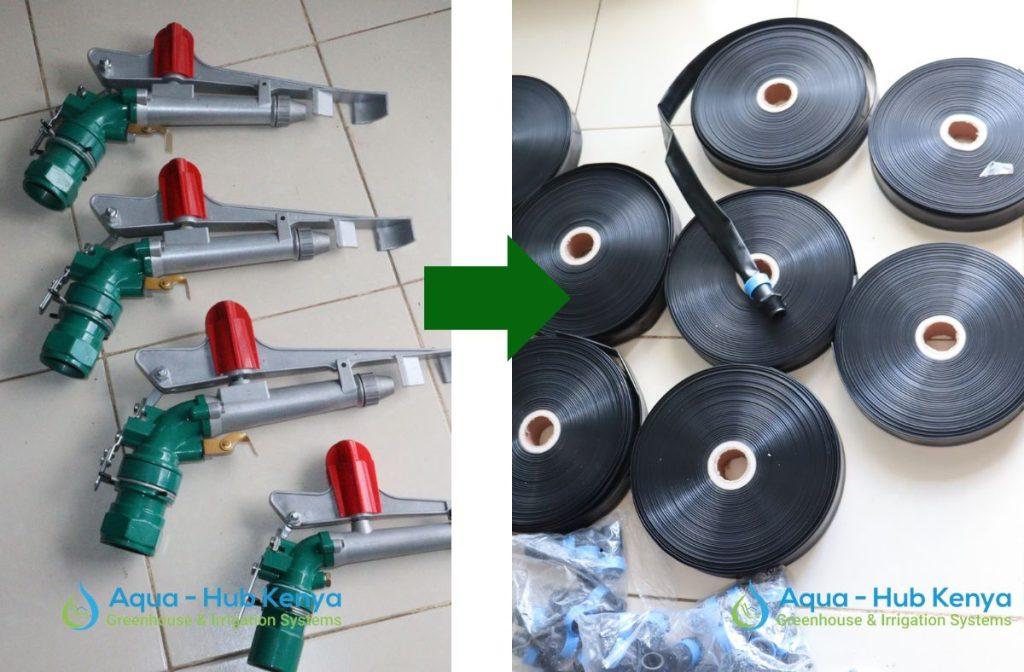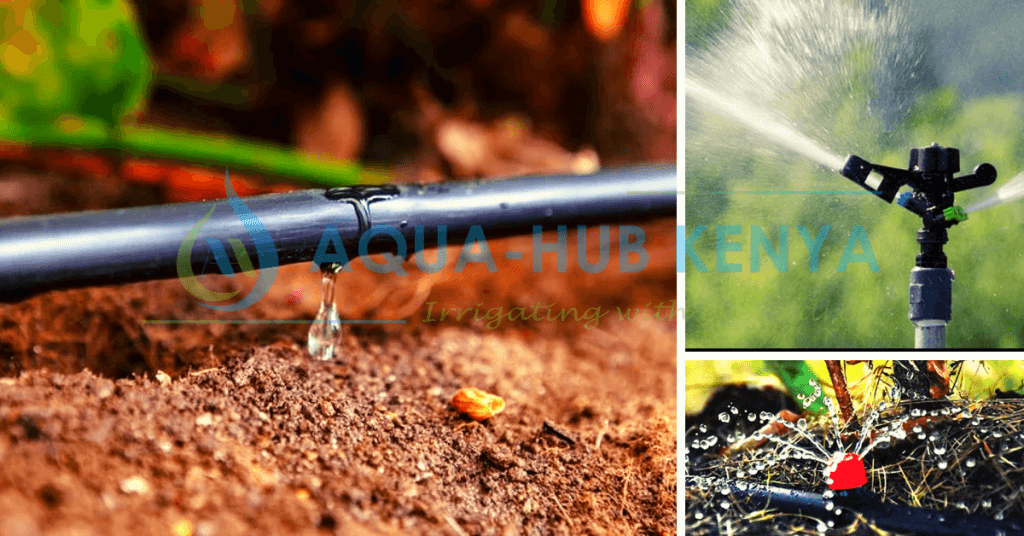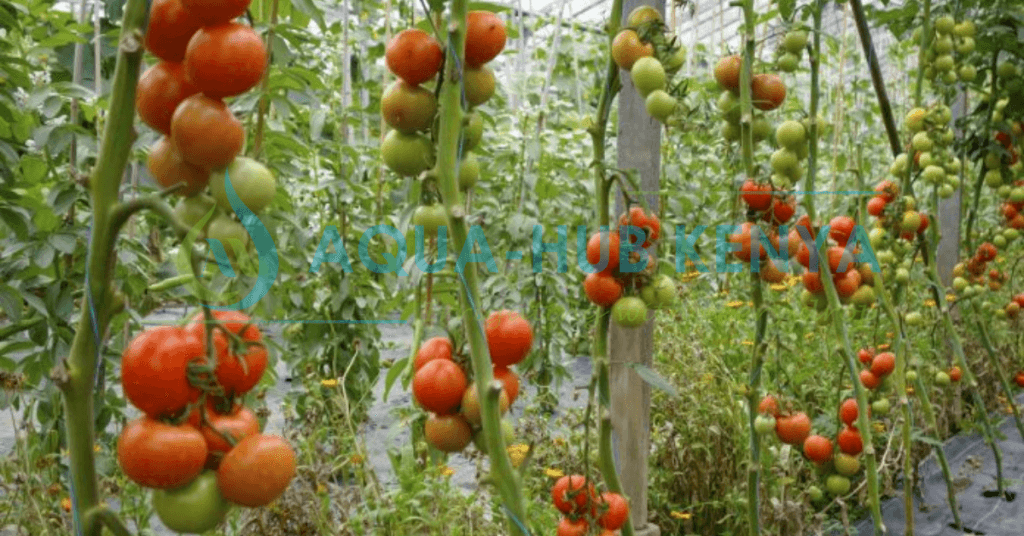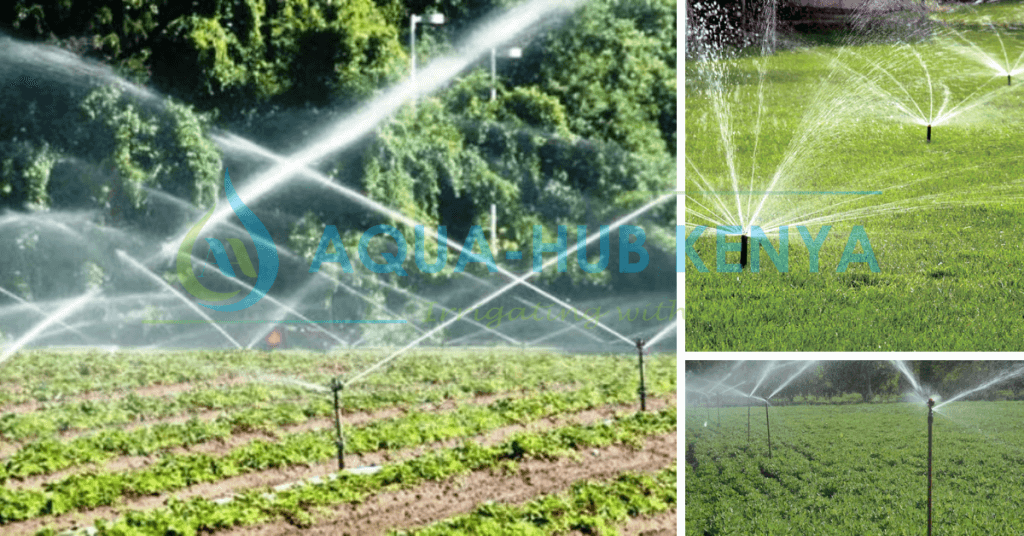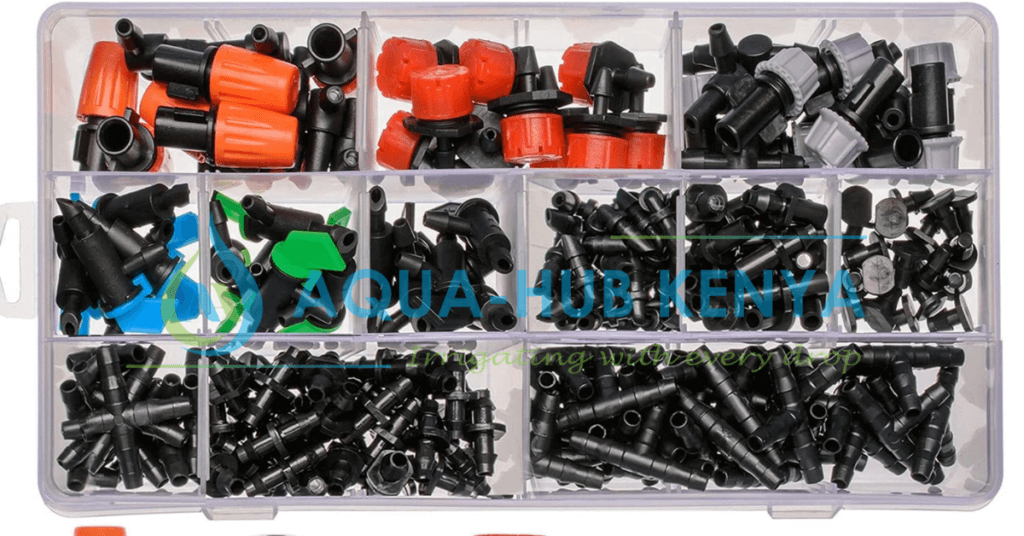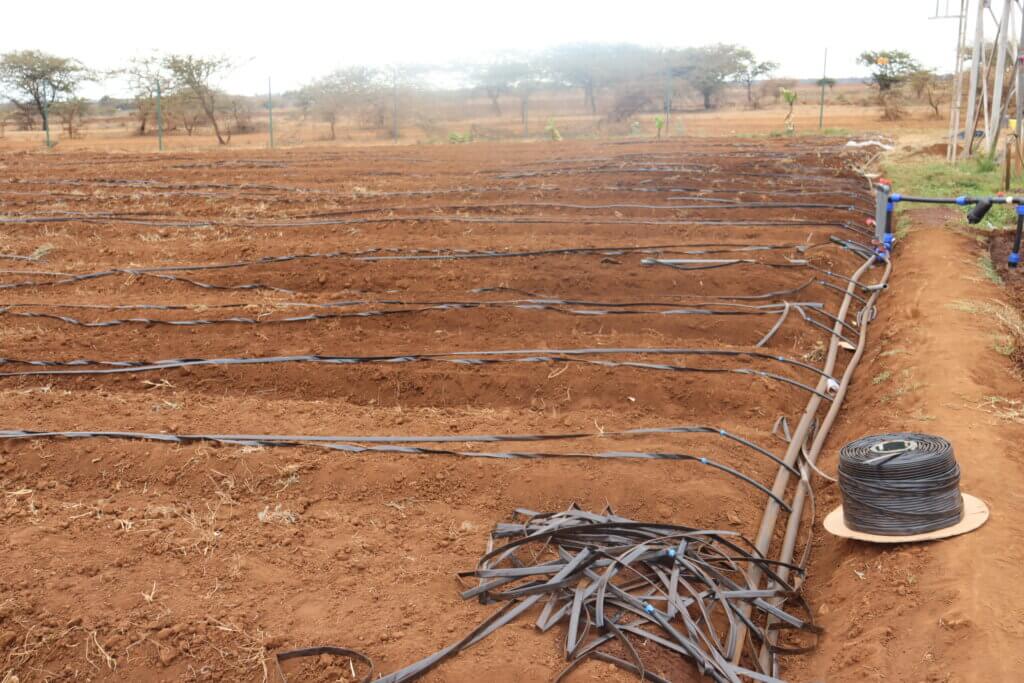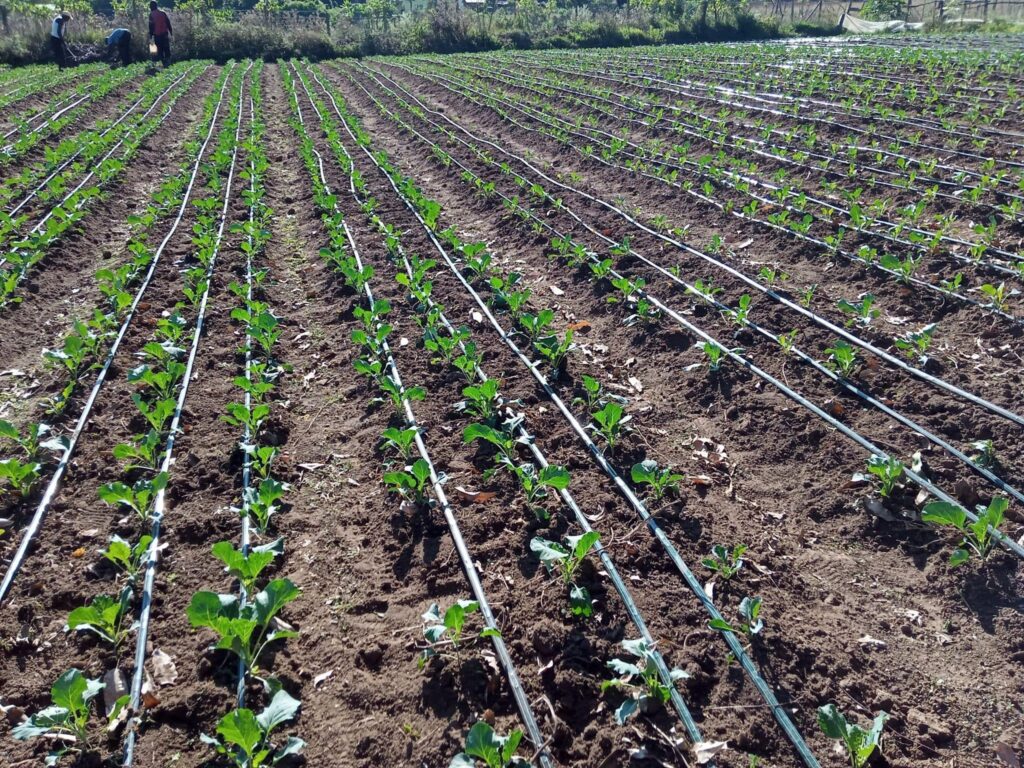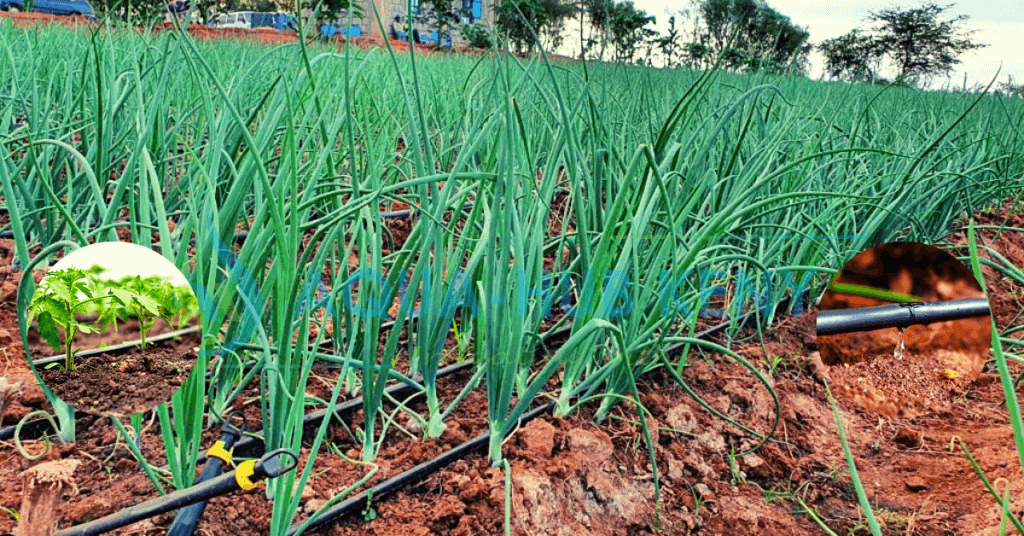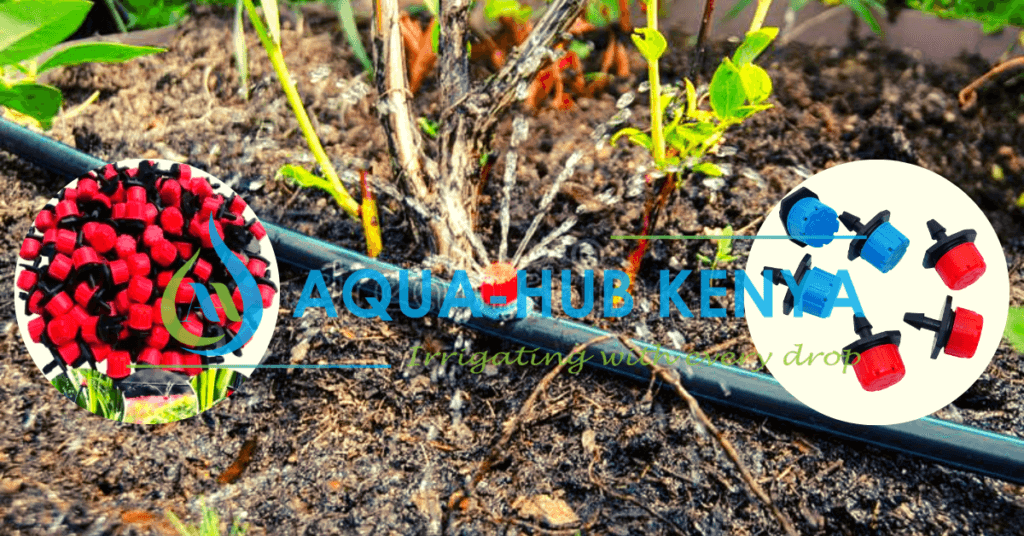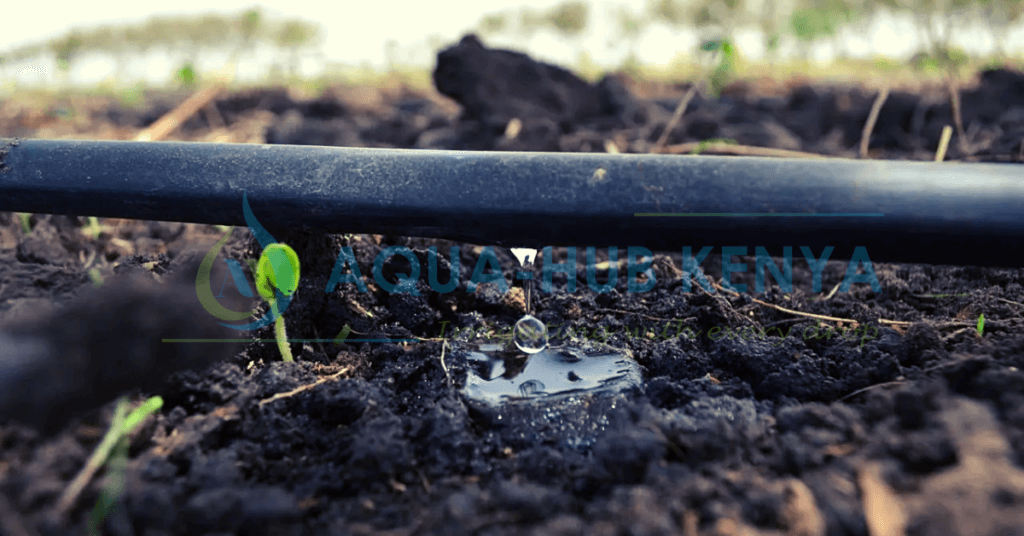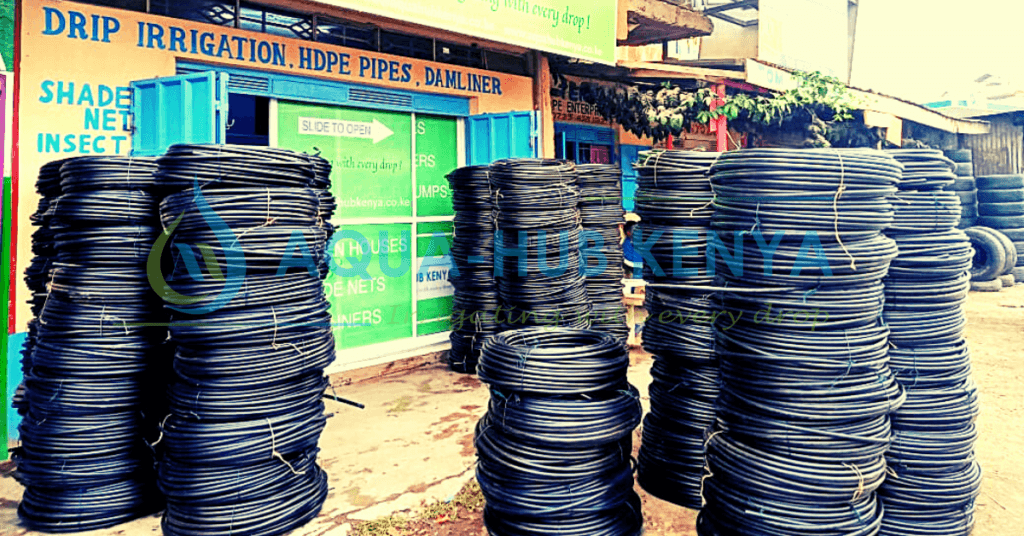Garlic farming in Kenya
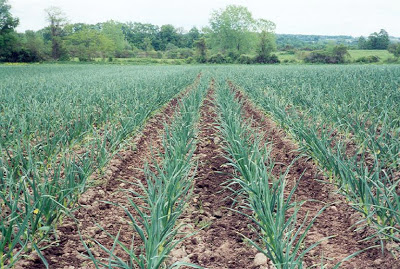
Garlic farming in Kenya may be a successful business if done right. It is also known as ‘Kitunguu Saumu’ in Kenya, is a valuable horticultural plant due to its excellent yields and great demand in the Kenyan market. But, you may wonder why would anyone like garlic despite its unpleasant odor? Garlic is applicable in the production of specific cuisines not just in Kenya, but also in a wide range of French, Mediterranean, Spanish, Italian, and Mexican dishes. As a result, it is in high demand both locally and internationally. Garlic has a variety of medicinal properties in addition to its economic value.
Importance of Garlic farming in Kenya
First, consuming one clove of garlic improves the immune system, enhancing the body’s natural defenses against colds and flu.
Second, garlic is a powerful antioxidant containing elements including disulfide, sallycystein, and diallye that help shrink tumors and delay their development.
Thirdly, garlic helps the body fight a variety of bacterial, fungal, and viral illnesses, including candida albicans, recurring yeast infections, cholera, acne, and typhus. Garlic can also aid in the control of hypertension and the prevention of cardiac problems. Garlic has aphrodisiac qualities and can thus be applicable to cure impotence.
Few farmers are engaged in the endeavor in Kenya due to a lack of understanding about how to cultivate garlic. Additionally, some farmers that cultivate garlic frequently produce a subpar crop that cannot be sold. As a result, China and India supply around 80% of the crop available in the Kenyan market.
Garlic varieties that Grow in Kenya
Three main varieties of garlic grown in Kenya are;
- Soft-neck garlic
- Hard-neck garlic
- Elephant garlic
The most common kind of Garlic farming in Kenya is soft-neck. It has a paper-like skin and is white. The easiest variety of garlic to raise is this one. It is widespread in the Kenyan market as a result. On each head, this variety yields fewer big cloves. It has a strong scent and is also powerful and delicious. Creole, California Early, and California Late are all varieties of soft-neck garlic.
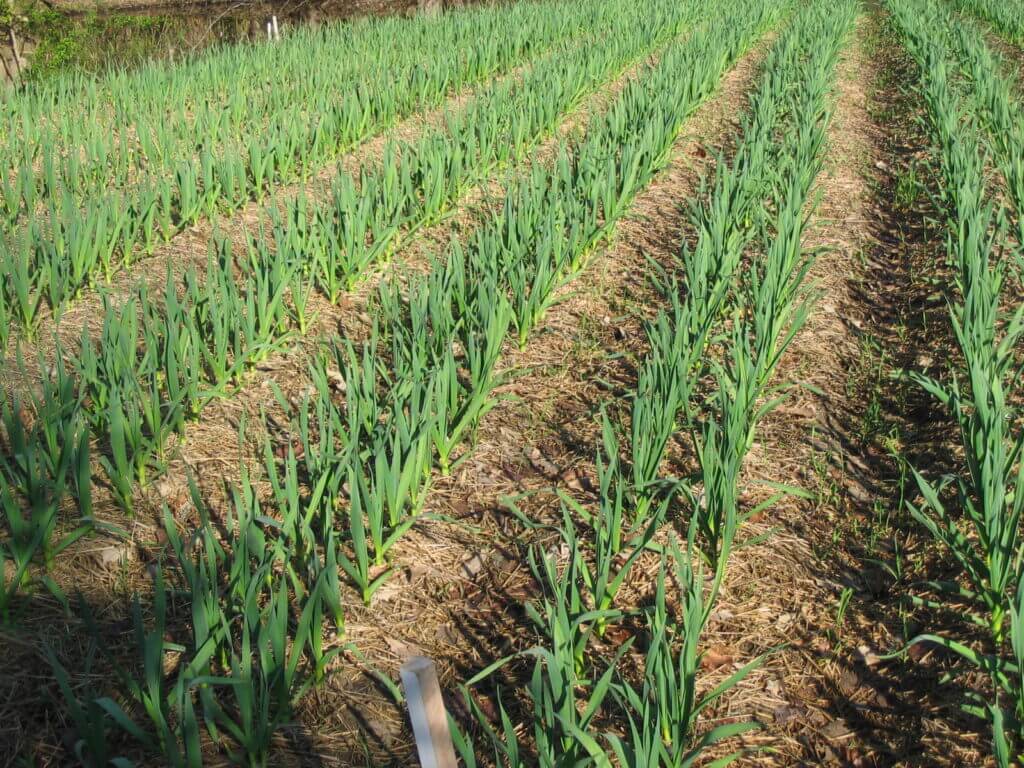
Elephant garlic has a massive head made up of enormous cloves. These may be discoverable at supermarket shops. You may add elephant garlic to your food to give it a gentle flavor and aroma.
The flavor and smell of hard-neck garlic are powerful and sweetly fragrant. Each head’s cloves will be bigger and fewer. Its skin can be easily and quickly removed. For the Kenyan market, it is typically not preferable because it is quickly perishable.
How to grow garlic
When producing garlic in Kenya, it’s important to have a thorough understanding of the local seed kinds, soil appropriateness, and suitable climatic conditions for the crop. The many phases of garlic cultivation in Kenya are examined here, with the essential steps and important information highlighted.
Seeds
Because garlic is grown from seed cloves, you must buy certified garlic seeds that have completely developed cloves and are free of any infections if you want to succeed as a garlic producer. These seeds are available through authorized Seed Companies or garden supply stores. Choose the largest seed cloves possible since they will produce a better harvest than smaller ones when choosing the best seeds. The softneck, hardneck, and elephant forms of garlic are the three primary cultivars that prosper in Kenya.
Climatic conditions
Medium to high altitudes of 500 to 200 meters above sea level are ideal for growing garlic. Additionally, for proper bulb development, garlic needs high temperatures of 30oC. However, cooler temperatures are best in the early stages, as they promote the vegetative growth required for plant establishment. Because of this, the best temperature range for producing garlic is between 12 and 24 oC.
It is important to remember that excessive rain and humidity hinder the vegetative development and bulb formation of garlic. As a result, the crop will thrive in regions with low rainfall, maybe with irrigation used in the first stages when water demand is at its highest.
Soils
Planting garlic requires soil with a pH of between 5.5 and 6.8. This is why the most Kenyan soils are appropriate for producing garlic as long as they drain effectively, as the crop does badly in soggy soils. Clay soils should be avoided as much as possible by farmers while growing garlic, since they prevent the bulbs from developing larger.
Additionally, you must make sure that the soil is well-prepared, has loose and airy depths of up to 6 to 8 inches, is dry, and is free of debris such as rocks and plants. Before plowing, incorporate organic manure into the soil to maximize output, since this will promote better bulb formation.
Planting and spacing details
Garlic is not as difficult to grow. Only the best cloves need to be chosen, and they should be separated by 15 cm (6 inches) from each plant and 30 cm (2 inches) between rows. Make 25 cm-deep ditches by digging with a hoe. One garlic clove should be plantable with its root down and its tip facing the hole. After that, cover the clove with a little layer of soil.

Continue until all seeds are spaced 6 inches apart from one another. Make sure the subsequent row of seeds is spaced 2 feet (or 60 cm) from the preceding one. To avoid overwatering, water the rows just a little bit and stop when the soil surface is barely damp. The seed cloves will decay if there is too much water before they can sprout.
Watering
As was already said, well-drained soils that don’t flood with water are ideal for growing garlic. Garlic needs less water, and when the seeds are covered in mulch, watering is not necessary. After a few weeks, one can water the garlic if there hasn’t been much rain this season. It is sufficient to water lightly and to a depth of one inch. However, if there is adequate rainfall every 10 to 14 days, no watering is necessary.
Aqua Hub Kenya comes in handy to provide irrigation methods for garlic farming. We offer the following methods;
- Drip Irrigation
- Rain Hose Irrigation
Disease control
Weed control is the most popular field management technique application in Kenyan garlic farming since it is necessary to get rid of them to avoid nutritional, light, and water competition
Crop rotation, which involves planting fresh garlic seeds in regions that have gone a long time without receiving any garlic or onion crops, is one strategy for controlling the spread of weeds when cultivating garlic.
Additionally, you have the option of manually hoeing, mulching, cultivating, or applying herbicides to get rid of the weeds. Early weed control is essential since it will reduce crop loss significantly.
Use copper oxychloride and other soil fumigants to reduce and get rid of nematodes in the field for pest management and prevention.

